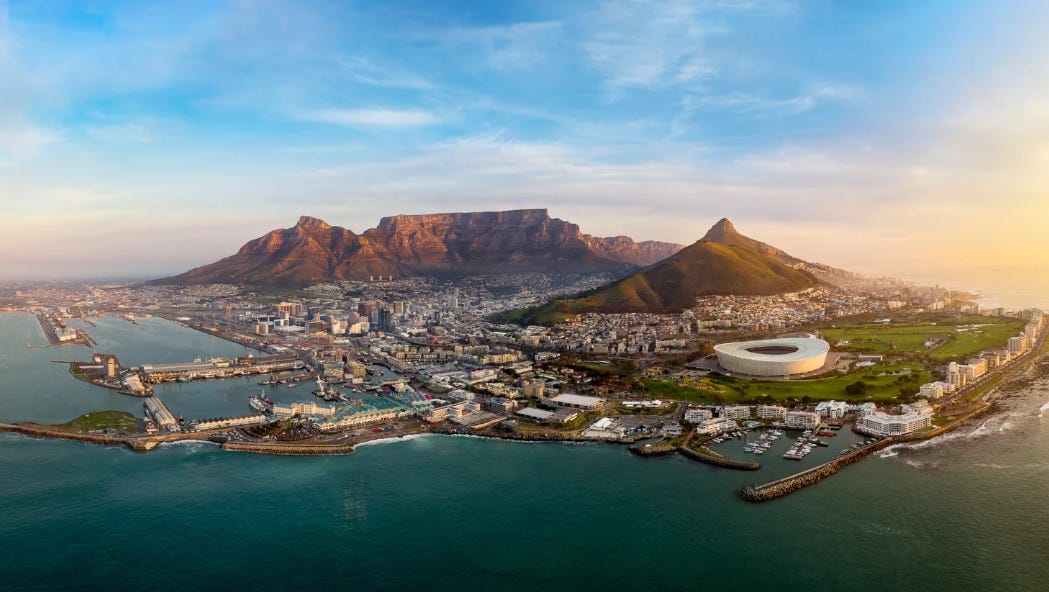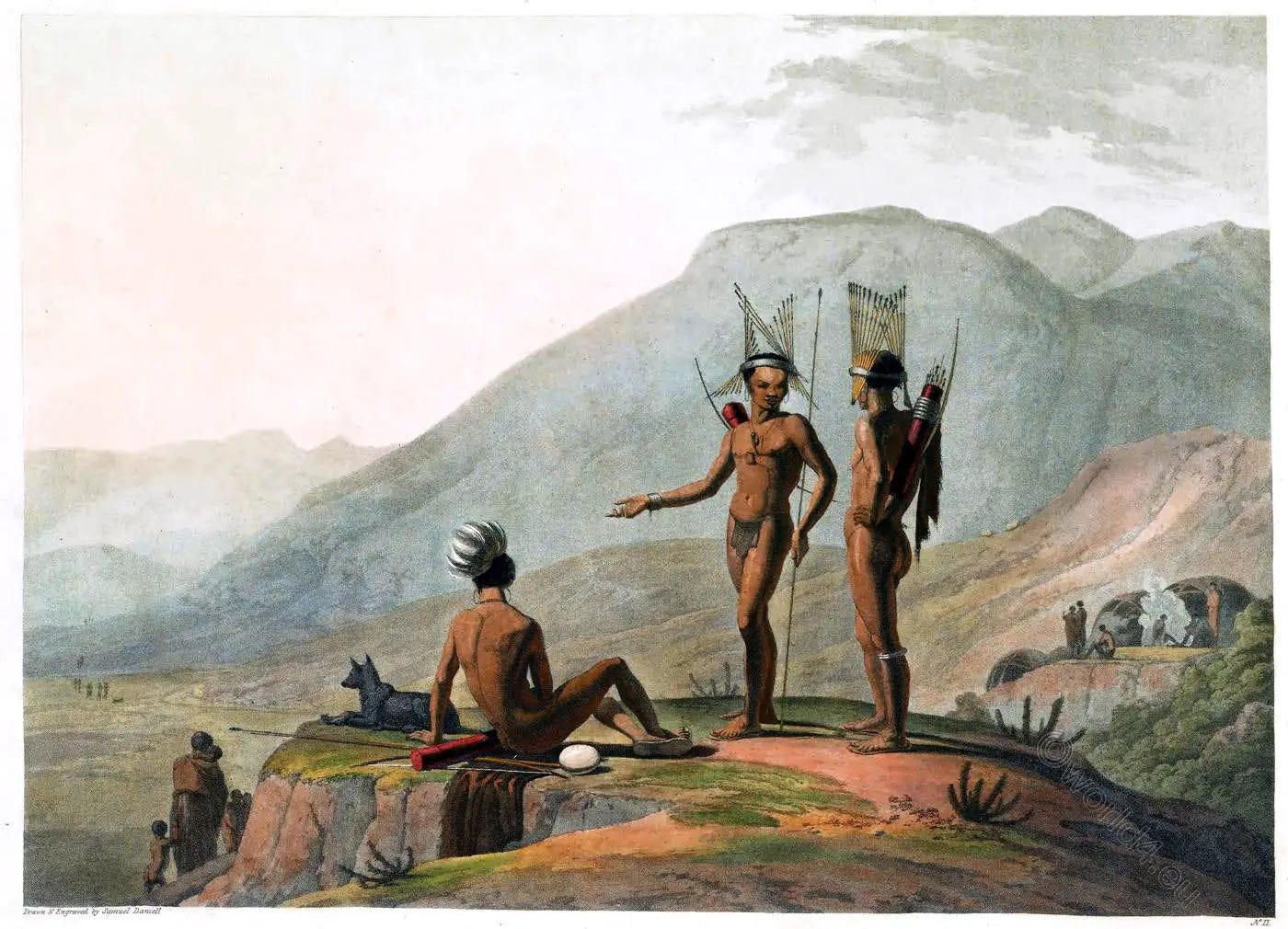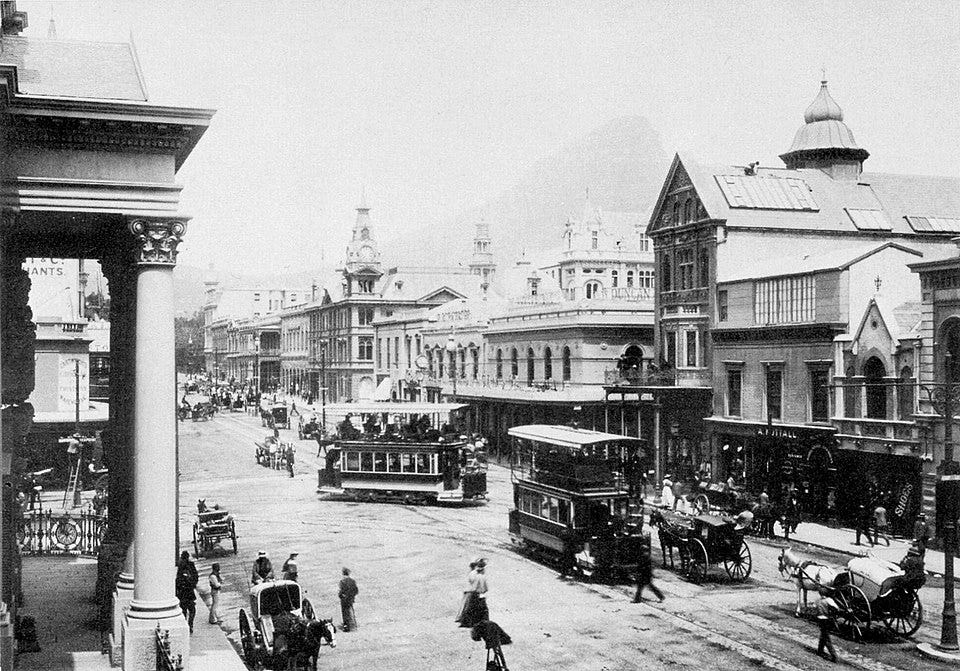The Spirit of Cape Town: Nature, History, and a Cultural Mosaic
A deeply immersive look at Cape Town’s landscapes, history, culture, cuisine, and the enduring power of place.
The wind from the Atlantic brings the scent of salt and native plants as you stand on top of Table Mountain. Below you, the city spreads out in a burst of color—bright rooftops, pastel buildings along old streets, and deep blue water surrounded by sharp mountains. Cape Town isn’t just a beautiful place to look at. It’s where history and modern life come together in a way you won’t forget.
Your first visit to Cape Town might feel like more than just a trip. It’s a chance to walk the same streets where early Dutch settlers once stood and to taste wine grown in soil shaped over centuries. You may come for the views, but you’ll leave with something more: a city full of strength, creativity, and deep love for its land and people.
A Tapestry Woven Through Time
Long before European ships reached the Cape of Good Hope, the Khoikhoi and San peoples lived among the valleys and rocky hills of this region. Their stories and rock art show a deep connection with the land, a respect for the animals that lived here and the natural seasons that guided their lives.
In 1652, the Dutch East India Company set up a refreshment station at the base of Table Mountain. What started as a stop for ships sailing to the East Indies soon grew into a busy settlement. Over the next two centuries, the Cape became a contested prize, changing hands between the Dutch and British. It also absorbed influences from enslaved people brought from Madagascar, India, and Southeast Asia. This blend of cultures helped shape Cape Town’s unique identity.
After the Union in 1910, segregationist policies grew stronger until apartheid was formally introduced in 1948. Cape Town’s vibrant neighborhoods such as Bo-Kaap and District Six saw communities uprooted. The city’s layout was reshaped by racial laws. But the cultural roots of Cape Town held firm. Resistance took shape, with activists hiding in safe houses near Table Mountain as they worked to end apartheid.
When democracy came in 1994, Cape Town emerged. It was not fully healed, but it became a powerful symbol of reconciliation and renewal.
Why Visit Cape Town?
Keep reading with a 7-day free trial
Subscribe to The Timeless Traveler to keep reading this post and get 7 days of free access to the full post archives.









